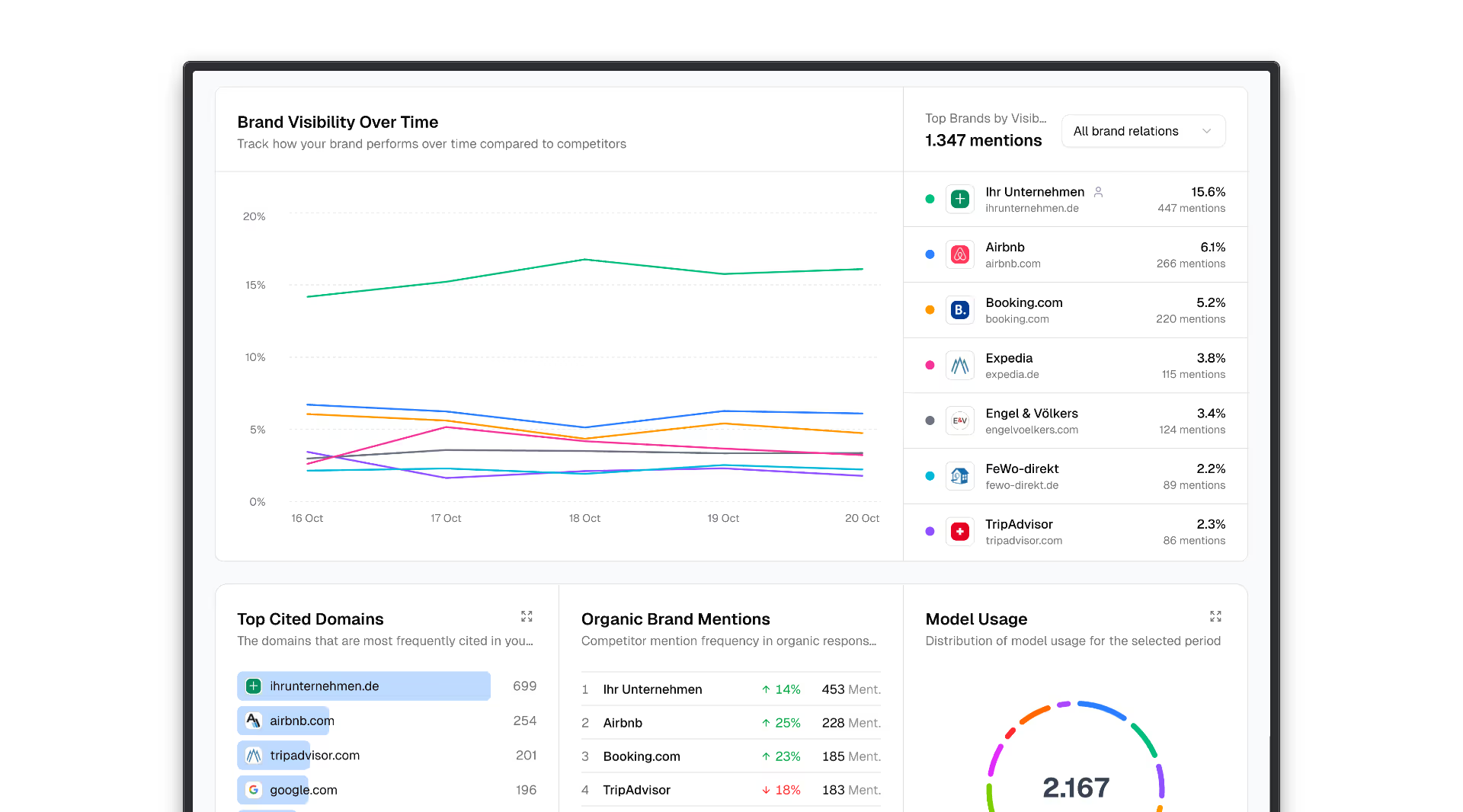Indexing: How Google finds and stores content
What does indexing mean?
Indexing is the step after crawling: search engines store found pages in their index, a huge database. Only indexed content can appear in search results.
How does the process work?
- Crawling: The bot follows links and finds new content.
- analysis: Content is read and evaluated in a structured way.
- indexation: Relevant content is added to the search database.
Typical indexing issues
- Faulty Robots.txt is blocking pages
- Absence of XML sitemaps
- Duplicate content (multiple versions of the same page)
- Technical errors (404, 500)
How to ensure clean indexing
- Provide current XML sitemaps
- Configure Robots.txt correctly
- Set canonical tags
- Check regularly with Google Search Console
Indexing — step-by-step guide
How to make sure your pages are indexed
- Check indexing status
→ In the Google Search Console See if the page is in the index. - Submit an XML sitemap
→ Make sure that your sitemap is stored and up to date. - Manually submit a URL
→ Use the URL inspector in the Search Console for important pages. - fix errors
→ Check Robots.txt, canonicals, and status codes. Correct 404 or 500 errors.
TL; DR
Indexing means that search engines add content to their database. Only indexed pages can rank — clean technology is a prerequisite.
